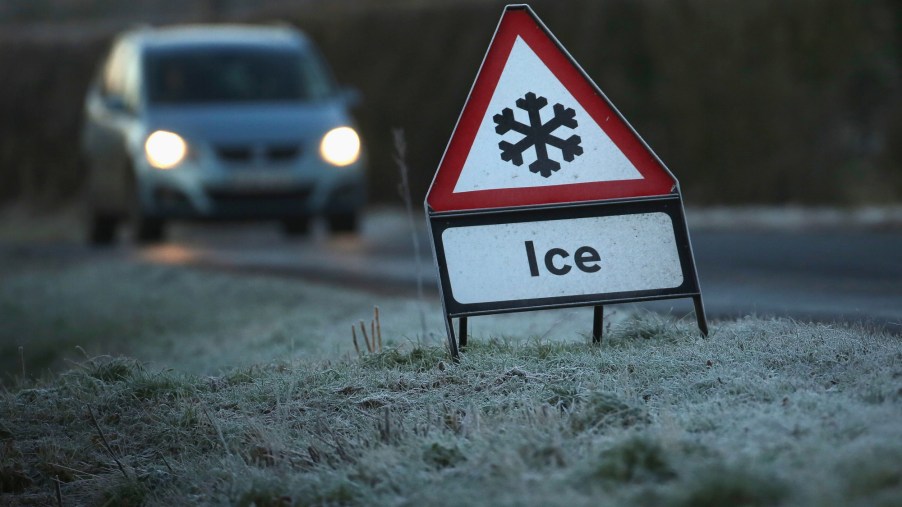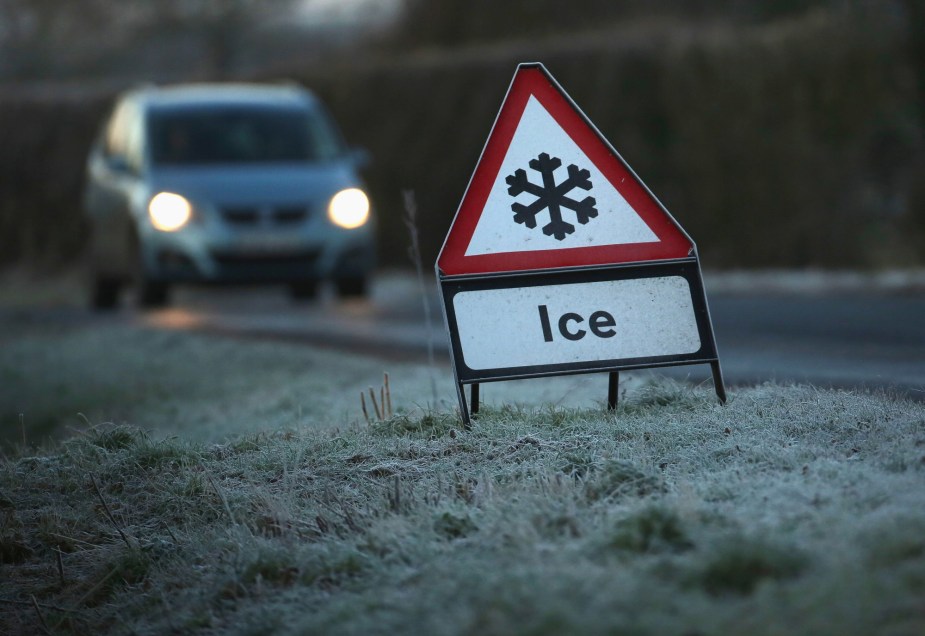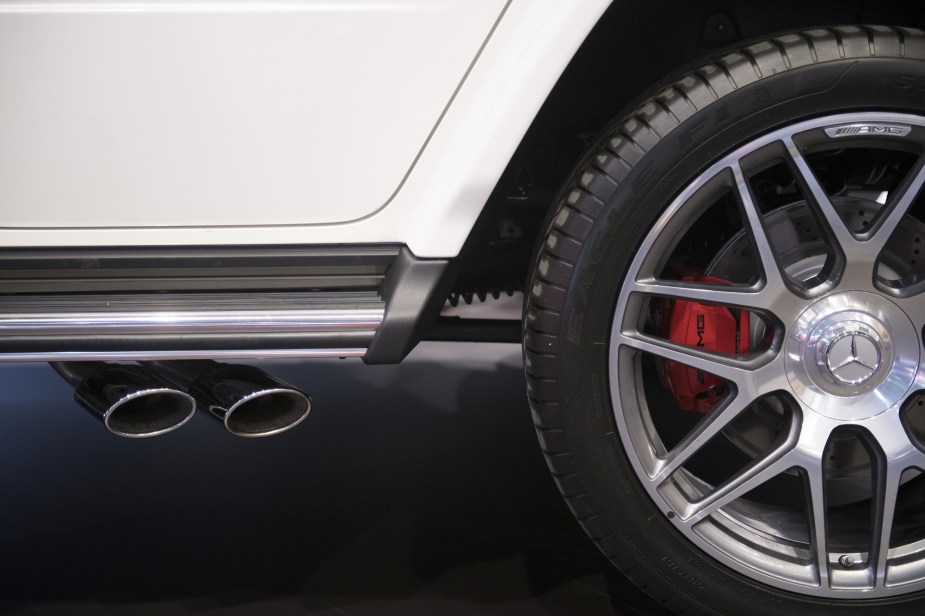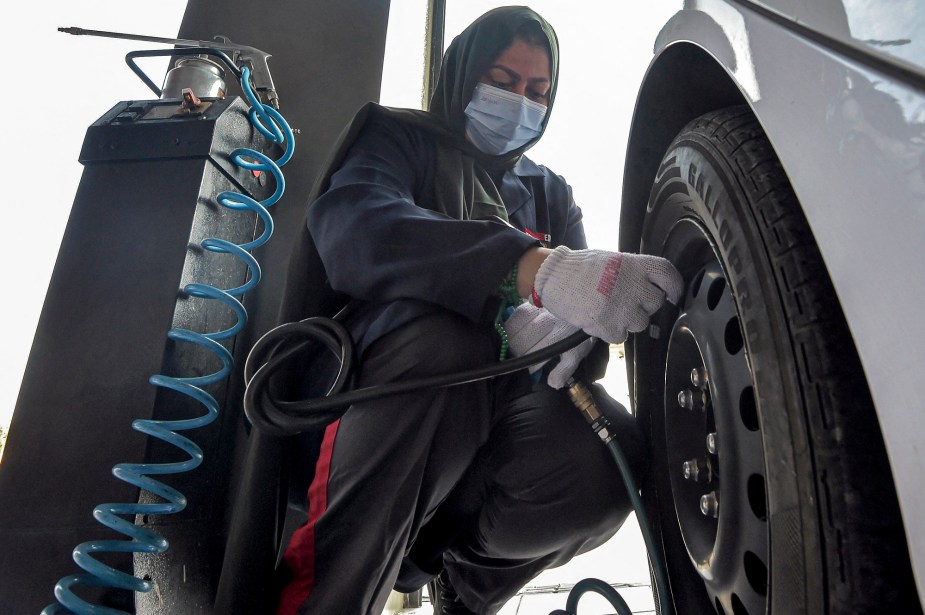
Winter Driving Is Coming: Common Winterization Mistakes to Avoid
Winter is on the way, and your car, truck, hatchback, or motorcycle will appreciate some level of winterization no matter how much you intend to drive. Moreover, driving your car, especially a rear-wheel drive (RWD) vehicle, through the winter requires its own special measures. Here are some common winterization mistakes to avoid and ways to conquer the cold.
First mistake: weighing down the rear of any car will help with traction in winter driving conditions like snow
While weighing down the rear end of a car can help with traction, it depends on what type of vehicle you own. Vehicles equipped with front-wheel drive (FWD) carry most of their weight balance upfront over the front wheels. As a result, FWD cars tend to “claw” or “pull” their way across inclement weather conditions like snow more so than RWD cars. However, weighing down the rear end of a RWD car can add traction.

Of course, all-wheel drive (AWD) vehicles require less weight adjustment due to power delivery to all four wheels. These vehicles, especially newer applications that actively mitigate loss of traction, handle slick road conditions better than FWD and RWD platforms.
Second mistake: you should warm up your car for 10 to 20 minutes before winter driving
Allowing your car to warm up and distribute lubrication is an important practice. However, many owners tend to idle their vehicles for as much as 20 minutes to warm up their engines and cabins. Allowing your car to idle that long is unnecessary. The Washington Post reports that carbureted engines require more time to run effectively, but newer, fuel-injected vehicles require less time.

Furthermore, warming your vehicle up for 30 seconds and then driving without high revs for the first part of your commute can allow for proper warmth and lubrication. While idling can help warm an engine and cabin, it is environmentally damaging and unnecessary.
Third mistake: As long as your tread is healthy, your tires are ready for winter driving
You might have all-season tires with healthy tread, but that doesn’t mean you’re ready for winter. If you live in a climate with a propensity for snow, sleet, and ice, a dedicated set of winter tires is one of your best options. However, ensuring that you monitor your tire pressure is essential for winter driving beyond just equipping your commuter with winter tires.

According to Kelley Blue Book (KBB), a tire can lose one pound of air pressure for each 10-degree drop in outside temperature. That means that underinflated tires could sneak up on you and result in a flat during low-temperature days. Always refer to the owner’s manual for ideal tire pressure specifications relative to your vehicle.
Fourth mistake: running your car for a few minutes will keep your battery topped up
Some vehicle owners will avoid driving their classics, sports cars, muscle cars, and other toys during the winter and instead choose winterization. However, some owners believe that running their vehicle for a few minutes will keep enough power in the battery. Depending on the car, the battery, and the temperature, you should connect your vehicle battery to a tender if your winterization plan doesn’t involve regular winter driving. A battery tender, especially newer models with a float function, will keep your car juiced up enough to start when the time comes.
Scroll down to the following article to read more about winter-friendly features like AWD.



